Dahlov Ipcar, a daughter of artists who became one herself while following her imagination from a childhood in Greenwich Village to a rugged farm life in Maine, died Friday night after spending most of the morning at the easel in the studio of her Georgetown farmhouse.
She was 99.
“(Friday) was the usual day where she painted in the morning and was working on her latest artwork, and chatting about an interview she had on the phone and her upcoming exhibitions,” said her son Charlie Ipcar. “Everything was perfectly normal. At about 6:30, she gave us a call and said she just wasn’t feeling well.”
Georgetown Ambulance transported her to Mid Coast Hospital in Brunswick, where she was pronounced dead a short time later. “Her heart gave out and they could not revive her,” her son said. “It’s really something that could have happened any time, but she got us all very used to the idea that she could keep steaming on and creating beautiful artwork.”
Ipcar was best known for wildly colorful, kaleidoscopic paintings of farm animals and exotic creatures from the plains and jungles of Africa. Her art career spanned many styles and expressions, and it began at a very young age. She was the daughter of well-known modernist artists William and Marguerite Zorach, born in Windsor, Vermont, on Nov 12, 1917. She was raised in Greenwich Village, and developed her own interest in art while attending progressive schools.
She had her first solo show at the Museum of Modern Art in New York at age 21, made murals for the Works Progress Administration and illustrated dozens of children’s books.
Ipcar and her husband, Adolph, moved to Georgetown in 1937, settling on a farm where her parents spent their summers. She barely left after moving to Maine, quickly following the rhythm of farm life while raising a family. She didn’t attend the exhibition of her work in New York in 1939 because she was too busy with work at home.
In an interview with the Portland Press Herald last fall, Ipcar said she was prepared to die at age 80, but after that milestone she decided she wanted to see the year 2000. Since then, it was “lots of rich cream and milk and butter and eggs and red meat.”
She hoped to live to 100, for the achievement and novelty of becoming a centenarian, and also because what was to be a busy year ahead. She planned several shows in 2017, including one that will revive her Museum of Modern Art show, opening May 1 at the Ogunquit Museum of American Art. The Portland Public Library also plans a show of her illustrations.
She enjoyed mostly good health, but deteriorating vision because of macular degeneration frustrated her since 2014. “The ultimate challenge now is to paint what I can’t see,” she said in 2015.
Still, she painted – at least a few hours nearly every morning, and on Friday worked on the latest painting for her next gallery show of new work.
“At the age of 99 she worked right up to the end, doing what she loved,” her son said. “We should all be so lucky, but it hurts just the same. May she forever be with the wondrous beasts of her imagination, a transcendental world that knows no beginning or end.”
Ipcar had a sharp wit, and was fond of telling people who asked about her age, “I hope I die before I run out of vermilion.”
News of her death, first reported on Facebook by the Georgetown Historical Society, moved quickly through the Maine art world on Saturday.
Jessica May, deputy director and chief curator of the Portland Museum of Art, called Ipcar “a national treasure, and one of the things I’ve been impressed with is how very much she claimed Maine as her own and vice versa. Her rootedness in this place is one of the things that makes her books and paintings so particular and special, even when their subjects are joyful flights of fancy.”
Maine author and art critic Carl Little, who wrote “The Art of Dahlov Ipcar,” simply posted the word “No” on his Facebook page with a picture of Ipcar and link to a news story announcing her death.
Little and Ipcar did a signing together at the Portland Museum of Art when the book came out. “I remember families arriving with armfuls of her books representing several generations of young, and old, readers. I basked in the reflected glow of her star,” Little said. “She was so generous with her time and art. I treasure the time I spent with her.”
Curator Andres Verzosa, former interim director of the Ogunquit Museum, visited with Ipcar at her studio three weeks ago to help plan the spring museum exhibition. “She was one of the masters, one of the best in Maine,” Verzosa said. “Her priority has been art all her life. Very rarely is there an opportunity to work with an artist who has been working that long as a painter and done it so well. She is a master, and I feel so lucky to have had the entree of meeting her and getting to know her.”
Pat Davidson Reef, who wrote a children’s book biography, “Dahlov Ipcar, Artist,” met Ipcar in 1971 when Reef was teaching children’s literature. She sent Ipcar questions from students and was impressed when Ipcar answered each by hand. “Dahlov was generous like that. She gave of herself and time freely,” Reef said. “I loved her work in her children’s books and came to love her paintings. I liked the geometric forms under her prancing animals. Her work is filled with life, activity and a sense of joy. I will always remember her in her work; a woman of enormous energy, wonderful talent, and great wisdom.”
Dean Lunt, owner of Islandport Press of Yarmouth, worked closely with Ipcar to republish her books. He always enjoyed going to her house, which was like “a lived-in museum with paintings on the walls, sculptures behind the couch, works in progress on the easel,” he said. “She would greet me at the door and she always gave me a hug and called me ‘dear boy.’ She would then shuffle her walker through the small sitting room and into her studio. She seemed so frail and unsteady, but she would then prop herself at the easel and paint these remarkable works of art with a steady hand and utilizing perhaps the best imagination I have ever seen.”
Ipcar’s gallery openings and book signings drew huge crowds. She appreciated being treated like “a rock star,” she said, and was glad to live long enough to enjoy commercial success. In addition to selling her paintings, Ipcar also had her art turned into posters, pillows and lampshades. “You know,” she told an interviewer last fall, “some artists don’t like to see their work commercialized. But I think it’s great. Why not? It’s all just happened for me. I didn’t seek it out. But I kind of like it.”
To celebrate her 99th birthday last November, Charlie Ipcar, a musician, arranged a concert of his mother’s favorite folk songs. She loved music, and painted a mural illustrating her favorite songs in 1939 as a proposal for a public art project. Her proposal was part of a Works Progress Administration effort, a New Deal-era government program designed to put artists to work and beautify America. Ipcar won other mural commissions, for post offices in Tennessee and Oklahoma.
She began her career as a social realist painter, and in the 1970s began painting brilliantly colorful animals, set to kaleidoscopic shapes. The constant in her work was animals, which she fell in love with early on and used as a motif throughout her career, beginning with the farm animals of her early children’s books and continuing with the wild animals that she conjured in her imagination.
Ipcar painted in a style she called “non-intellectual cubism” with vibrant colors and strong, defined visual elements. As her vision worsened, she painted with less definition and a looser style, but with the zeal of an artist much younger. “I’m happy I am painting. I can’t give it up,” she said in 2015.
In addition to her son Charlie and his wife, Judy Barrows, survivors include her son Robert Ipcar and his wife, Jane Landis, their children and grandchildren.
A public memorial will be held this summer in Georgetown.
Bob Keyes can be contacted at 791-6457 or at:
bkeyes@pressherald.com
Twitter: pphbkeyes
Correction: This story was updated on the evening of Feb. 11 to correct the spelling of Ipcar’s husband’s name and the year she moved to Georgetown.
Send questions/comments to the editors.


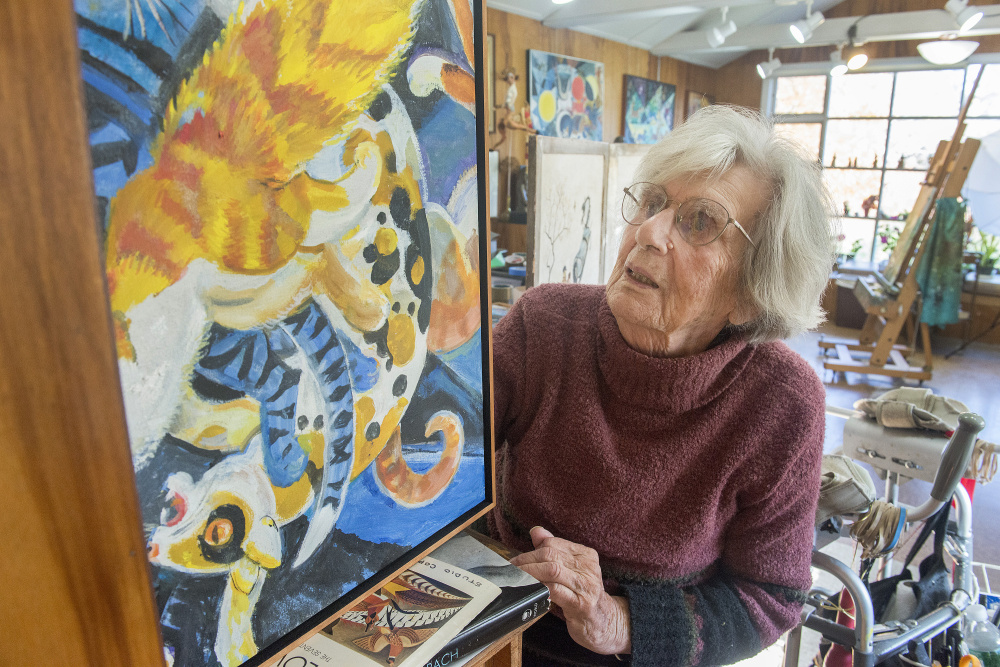
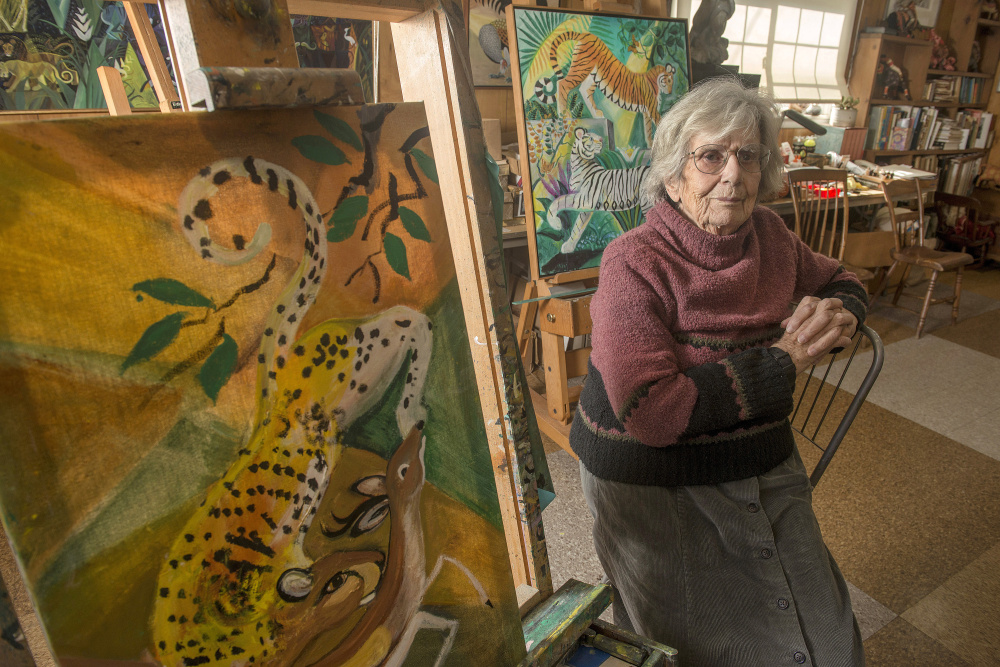
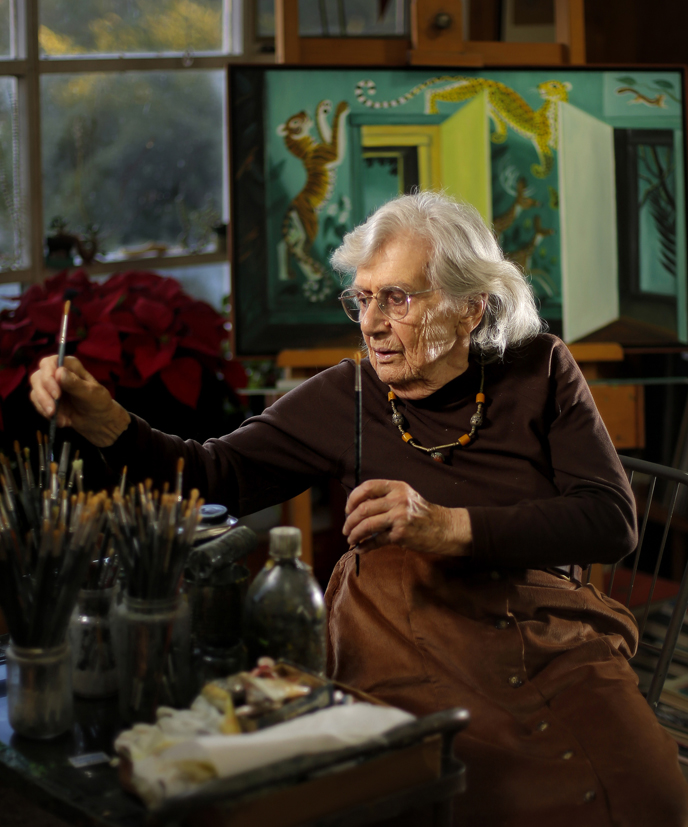
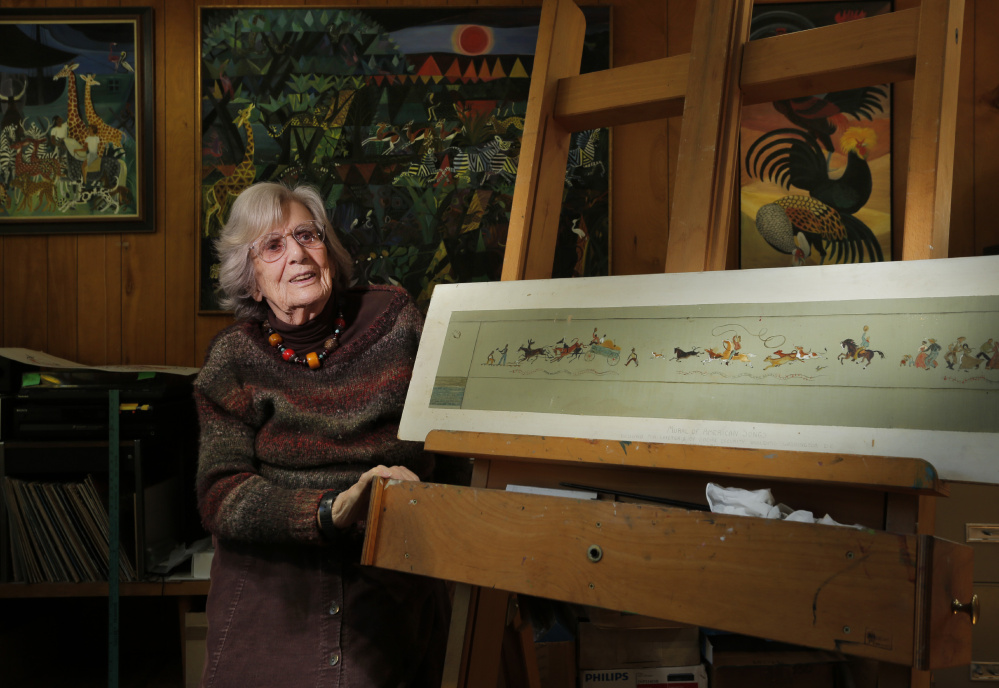
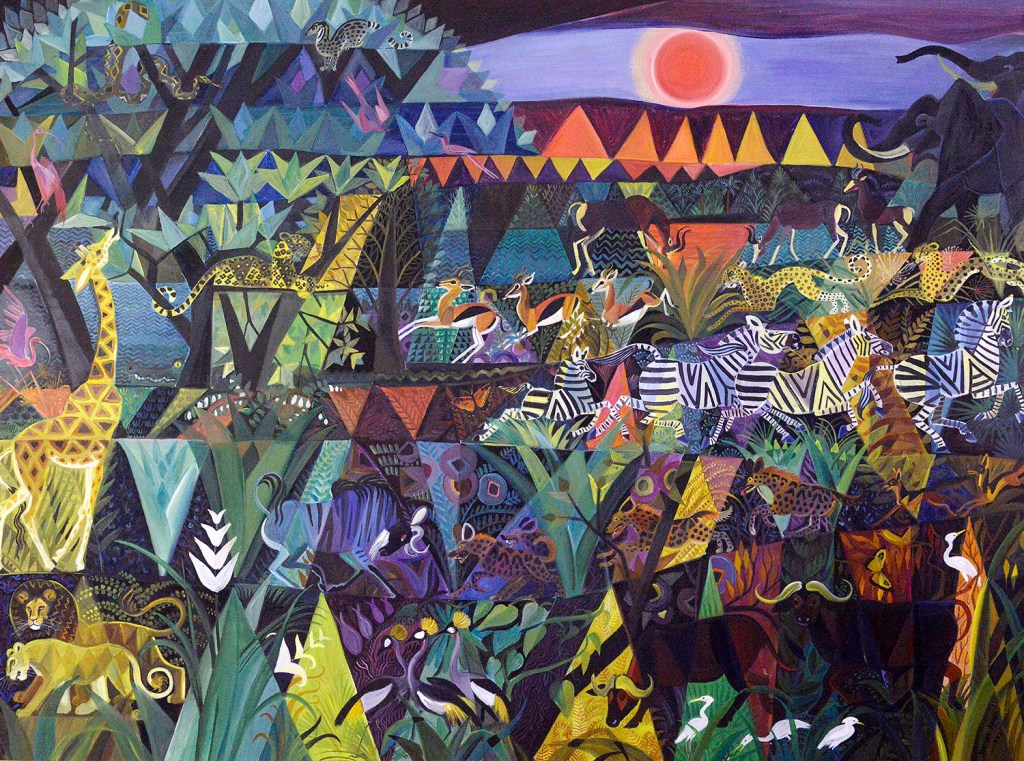
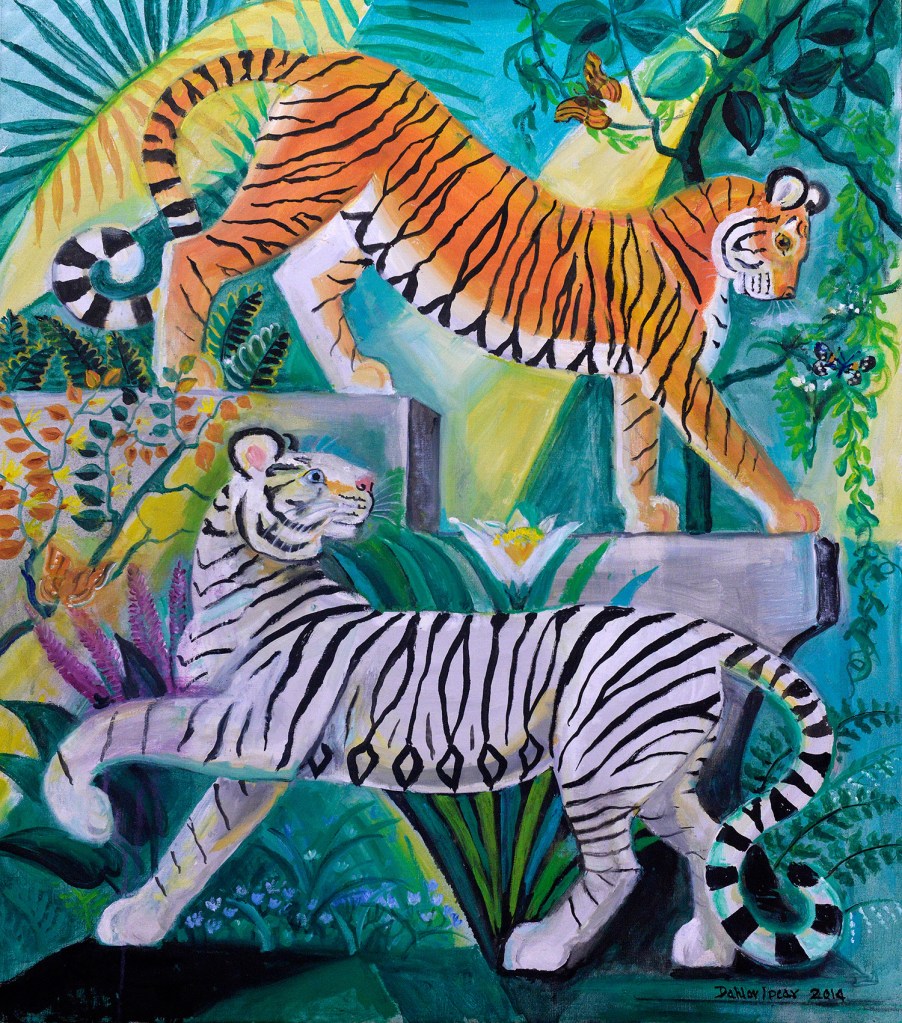
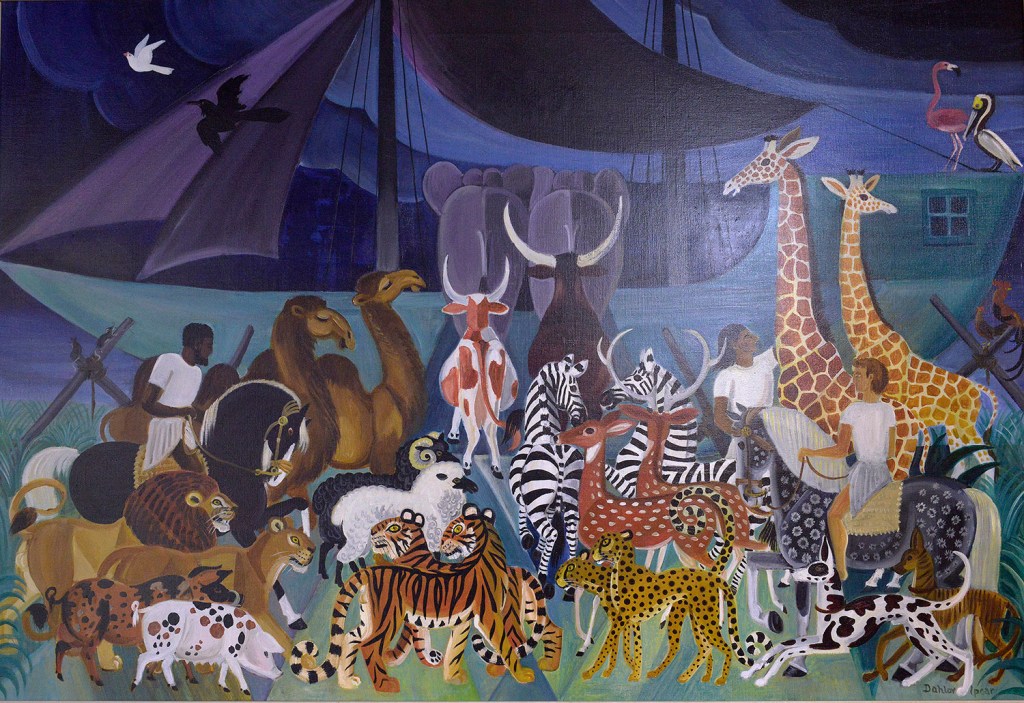
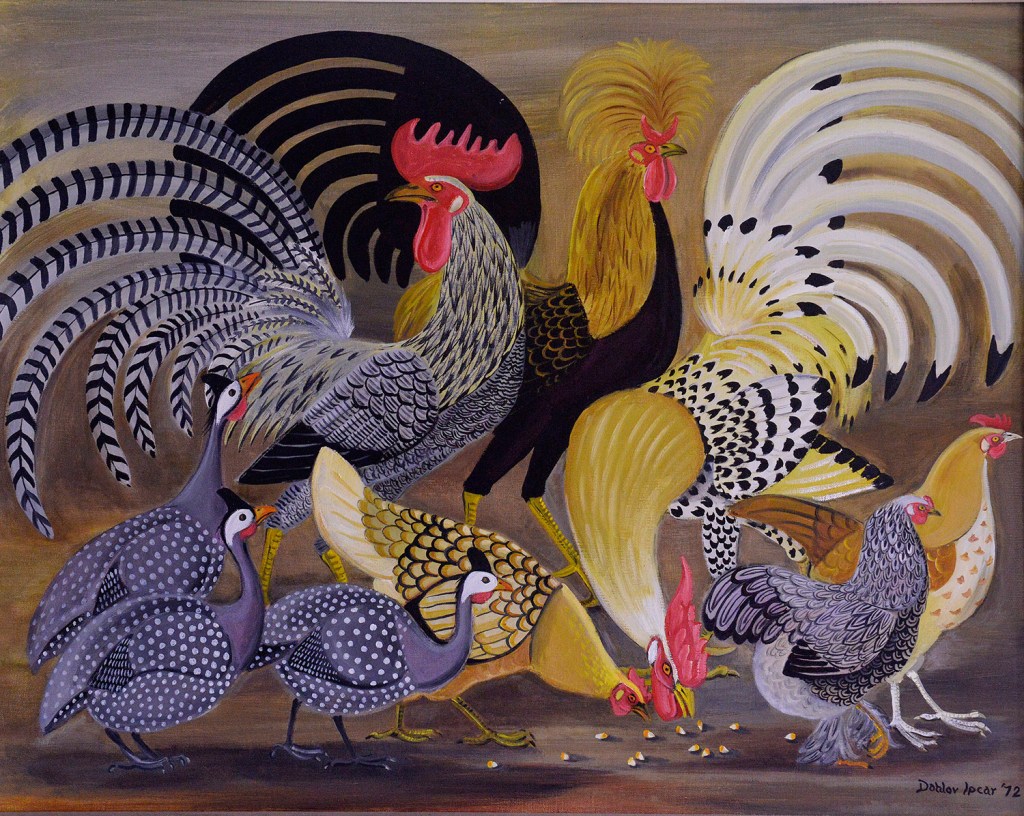
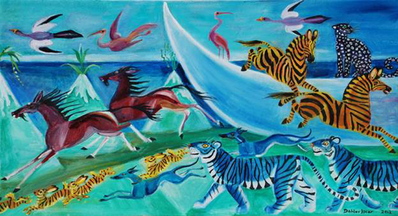
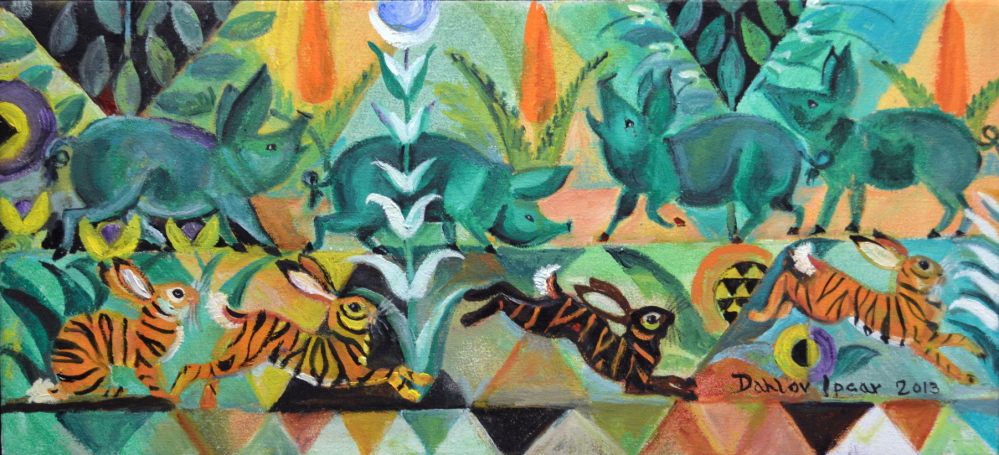
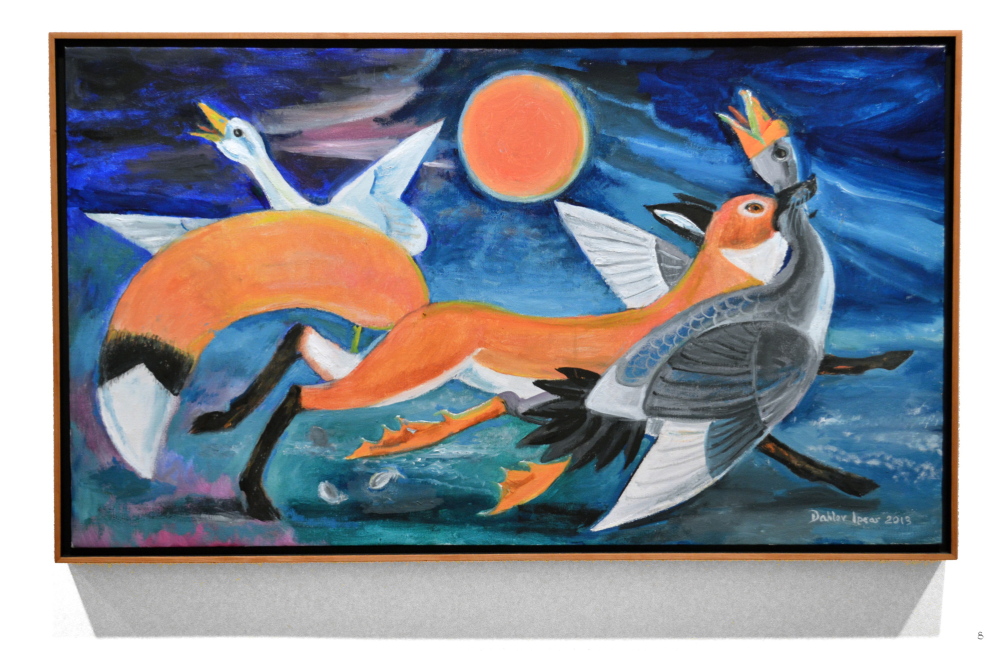
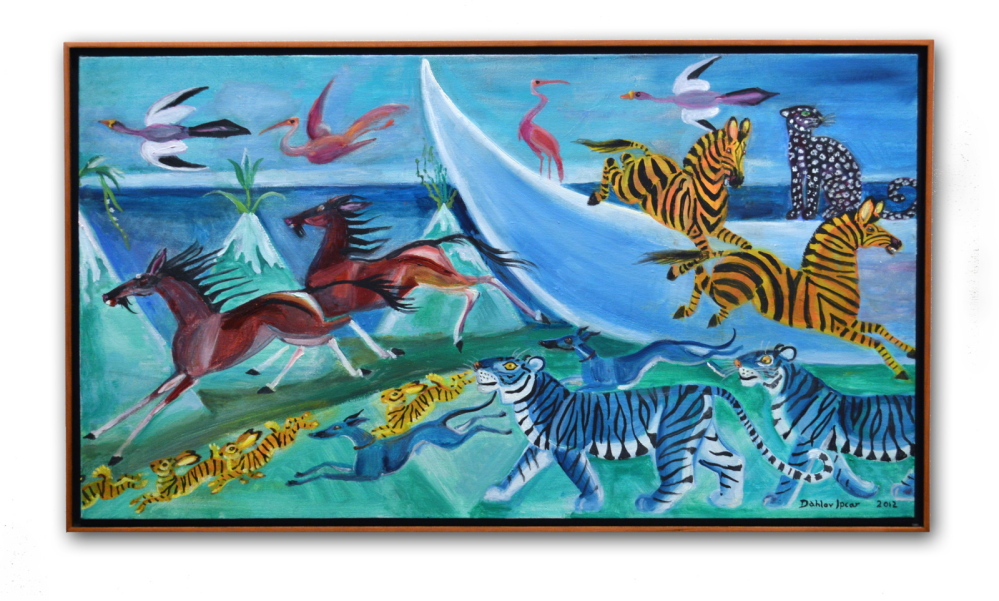
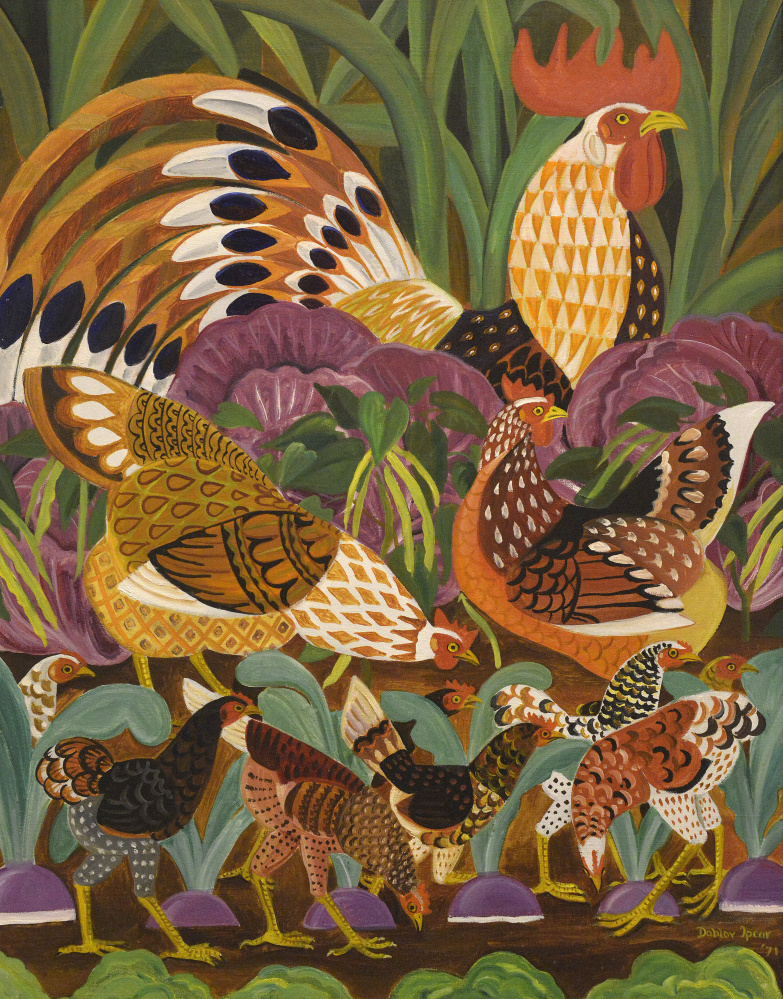
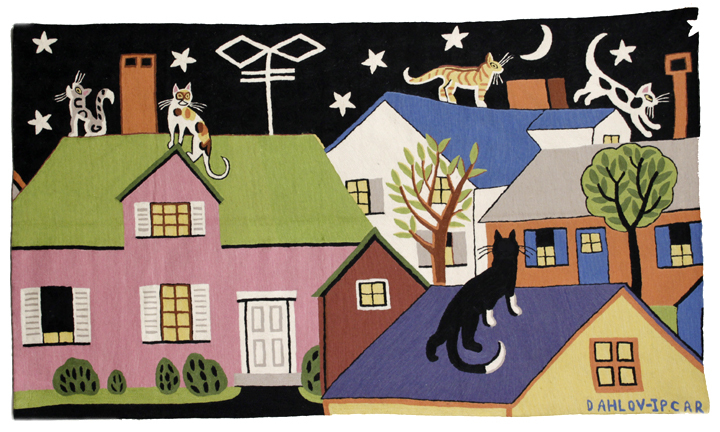
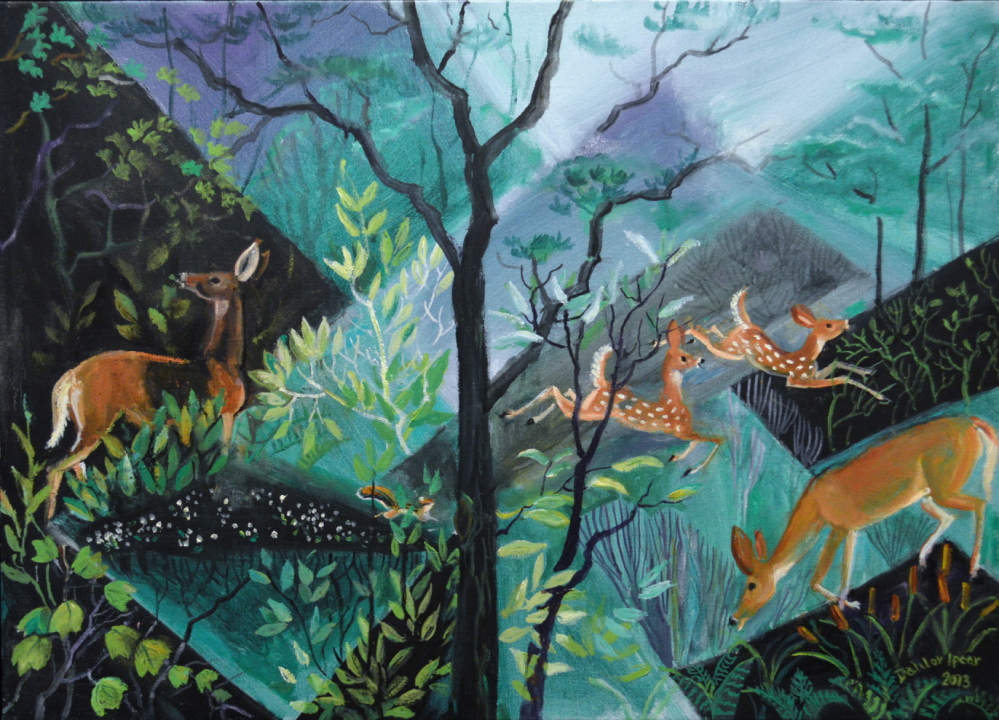

Comments are no longer available on this story